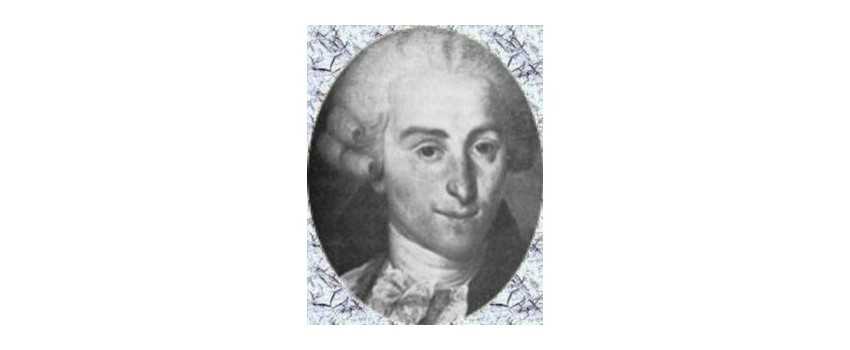Berteau/Sammartini Sonata In G Major For Cello & Piano (IMC)
Berteau/Sammartini Sonata in G maj for cello & Piano(IMC)
Giuseppe Sammartini, a renowned composer of concertos and sonatas, emerged as a significant figure during the same era as the legendary J.S. Bach. Born in Milan, Italy, Sammartini's musical talents spanned across various instruments, including the oboe, flute, and recorder. Despite having a vast instrumental output, Sammartini's most celebrated composition remains the Concerto in F for recorder. While he produced substantially less for his chosen instrument, the oboe, his contributions to chamber works and oboe concertos are noteworthy.
Early Life and Musical Journey
Giuseppe Sammartini was the son of French oboist Alexis Saint-Martin and the older brother of the renowned composer and oboist, Giovanni Battista Sammartini. His musical education likely began under the guidance of his father, and by 1711, the two brothers were performing together in an orchestra. Sammartini's earliest surviving compositions date back to the mid-1710s, including his Oboe Concerto in F major, which was published in Amsterdam around 1717.
Around the time of this publication, both Giuseppe and Giovanni became members of a Milan orchestra. By 1720, they had joined the prestigious Regio Ducal Theater orchestra in Milan. However, in 1729, Giuseppe embarked on a journey that would shape the trajectory of his musical career. He left Italy for Brussels, where he briefly resided before settling in London, England.
Recognition in England and Musical Achievements
Giuseppe Sammartini had already gained recognition in England for his talent as a composer, owing to the publication of his 12 Trio Sonatas in 1727. However, it was his exceptional musicianship on the oboe that catapulted him to celebrity status in the English capital. In the 1730s, Sammartini played in Handel's orchestra and performed in numerous productions of Handel's operas. One notable example is the opera "Arminio," featuring challenging obbligato writing for the oboe in the Act II aria, "Quella fiamme."
In 1736, Sammartini received a prestigious appointment as the music teacher in the household of Prince Frederick of Wales. His responsibilities included instructing the Prince's wife, Augusta, and her children in music. Undoubtedly, this role also involved performing private chamber music concerts for the Prince and his retinue. Sammartini held this esteemed position until his death, which occurred during the week of November 17, 1750, at the Prince's residence.
The Happy Final Years and Noteworthy Works
The last decade-and-a-half of Giuseppe Sammartini's life proved to be a happy and fruitful period for him. Many of his notable works date back to this period, some of which bear dedications to Prince Frederick and Augusta. Examples of such dedications include the 12 Sonatas, Op. 1, published in 1736, and the 12 Trios, Op. 3, published in 1743. These compositions served as a testament to Sammartini's close relationship with the royal household and his commitment to musical excellence.
Throughout his career, Sammartini demonstrated his expertise in composing concertos and sonatas, with a particular focus on the flute, recorder, and violin. His contributions to the development of chamber music and oboe concertos have solidified his place in music history. Despite producing fewer compositions for the oboe, Sammartini's skill and artistry on the instrument were widely recognized and admired.
In conclusion, Giuseppe Sammartini's life and music intertwine to create a legacy of significant contributions to the world of concertos and sonatas. His mastery of the oboe, along with his compositions for the flute and recorder, garnered him recognition and acclaim. From his early days performing with his brother to his esteemed position in the household of Prince Frederick of Wales, Sammartini's musical journey is a testament to his talent and dedication. His works continue to be cherished and celebrated, ensuring his enduring presence in the realm of classical music.

Berteau/Sammartini Sonata in G maj for cello & Piano(IMC)
Sammartini, Sonata in G major for Cello and Piano (Schott)